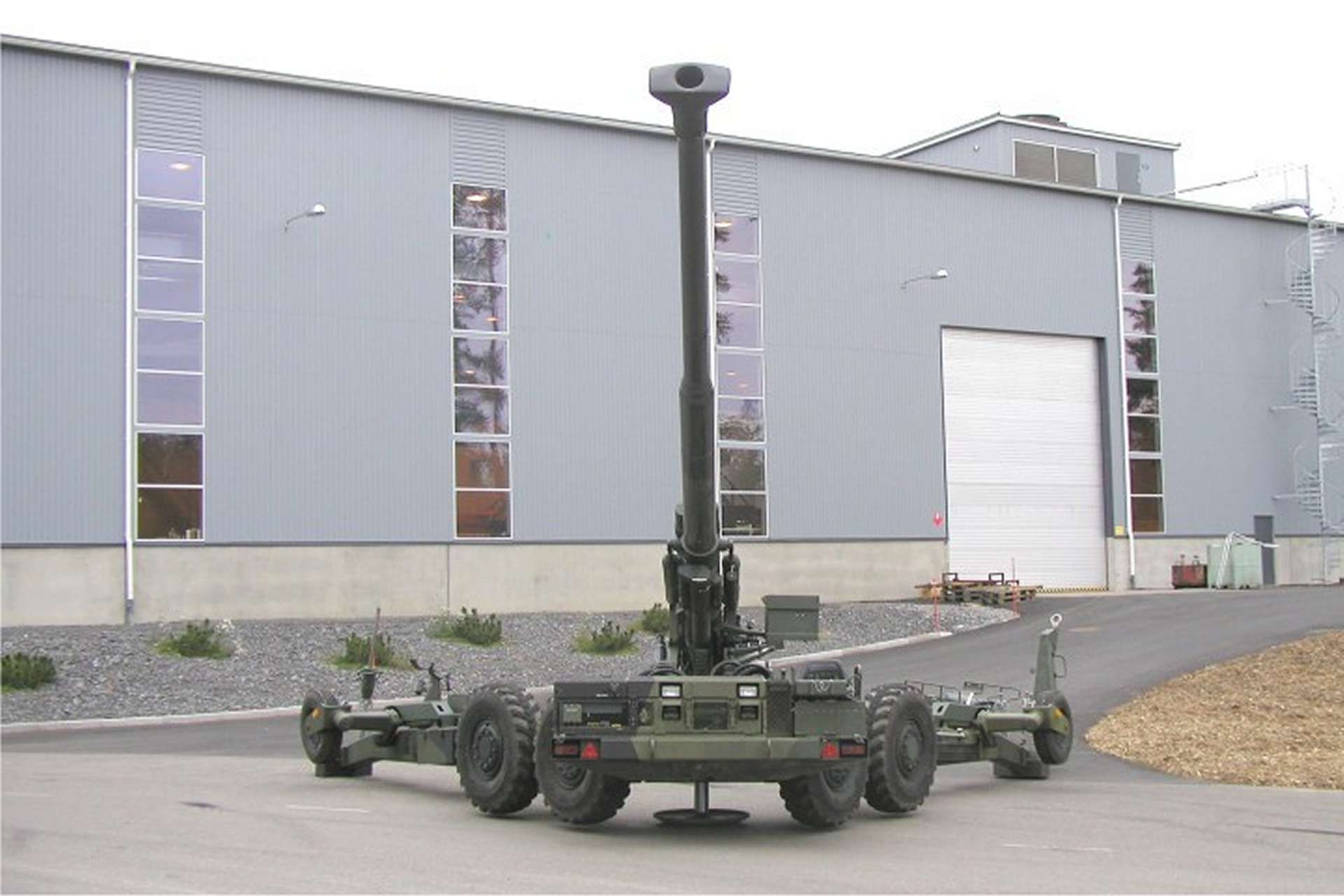Breaking news
Patria Announces Readiness to Restart Field Artillery Production.
On April 12, 2024, Patria announced its readiness to resume the production of field artillery, leveraging its extensive expertise to enhance the mobility of these crucial weapons. The ongoing conflict in Ukraine highlights the significance of traditional artillery in modern warfare, with Finland distinguished in Europe for its robust artillery capabilities.
Follow Army Recognition on Google News at this link

Patria announced its readiness to resume the production of field artillery. (Picture source: Patria)
Vesa Toivonen, the director of armament systems testing at Patria, emphasized the company's continuous excellence in weapon production and development throughout his career. The Finnish defense forces currently utilize the 155 millimeter field gun, 155K98, a result of decades of innovation initially led by Patria's predecessors, Tampella and Vammas. This development journey began in the early 1950s when Tampella was tasked with designing a versatile gun, culminating in the model 122K60.
Subsequent advancements included increasing the gun's diameter from 122 mm to 155 mm and extending the barrel to enhance the projectile's range. Over the years, several models have been designed, with the 155K98 being actively deployed from 1998 to 2005. This gun, featuring an 8-meter-long barrel with a range of 40 km, is transported by an all-terrain truck to near the firing site, where it operates on its power thanks to an integrated engine.
Since delivering nearly 200 field guns to the Finnish defense forces by 2005, Patria has focused on maintenance, improvements, and the production of critical weapon components in collaboration with Millog. Notable enhancements include a redesigned tow bar and the use of ultrasonic technology to inspect the guns and assess their longevity.
Manufacturing guns requires a broad range of skills, particularly in mechanical engineering and materials technology, as Toivonen notes. Modern measurement and simulation technologies are crucial for understanding the stresses endured by weapon components and managing the impacts of firing.
Patria's longstanding expertise also extends to designing and producing mortars, such as the Patria NEMO breech-loading mortar system, sharing structural elements with cannons. The company is well-equipped to quickly restart cannon production if needed and has significant experience integrating weapon systems on various vehicle platforms, such as the Sisu 8×8 all-terrain truck used by Finnish forces.
Pekka Ruutu, the executive vice president of Patria, points out that mobility is crucial on today's transparent, technological battlefields, where artillery units must move quickly to survive. Patria is actively developing a field gun that can be mounted on wheeled vehicles to meet this need.
Domestic production is vital for maintaining supply security, ensuring the availability of spare parts and services even in emergencies, and supporting the national economy and employment levels. Despite the global trend toward increasingly technologically advanced weapons, the reliable and straightforward 155K98 remains relevant and essential in ground warfare.
Patria seems to be leaning towards tradition rather than modernity, and who can blame them when considering the evolution of the conflict between Russia and Ukraine and the renewed prestige of artillery there. Field artillery has a much lower production cost than self-propelled howitzer, and in high-intensity conflicts, production costs matter. It's not surprising to see Patria taking this path, which is far from obsolete.


























